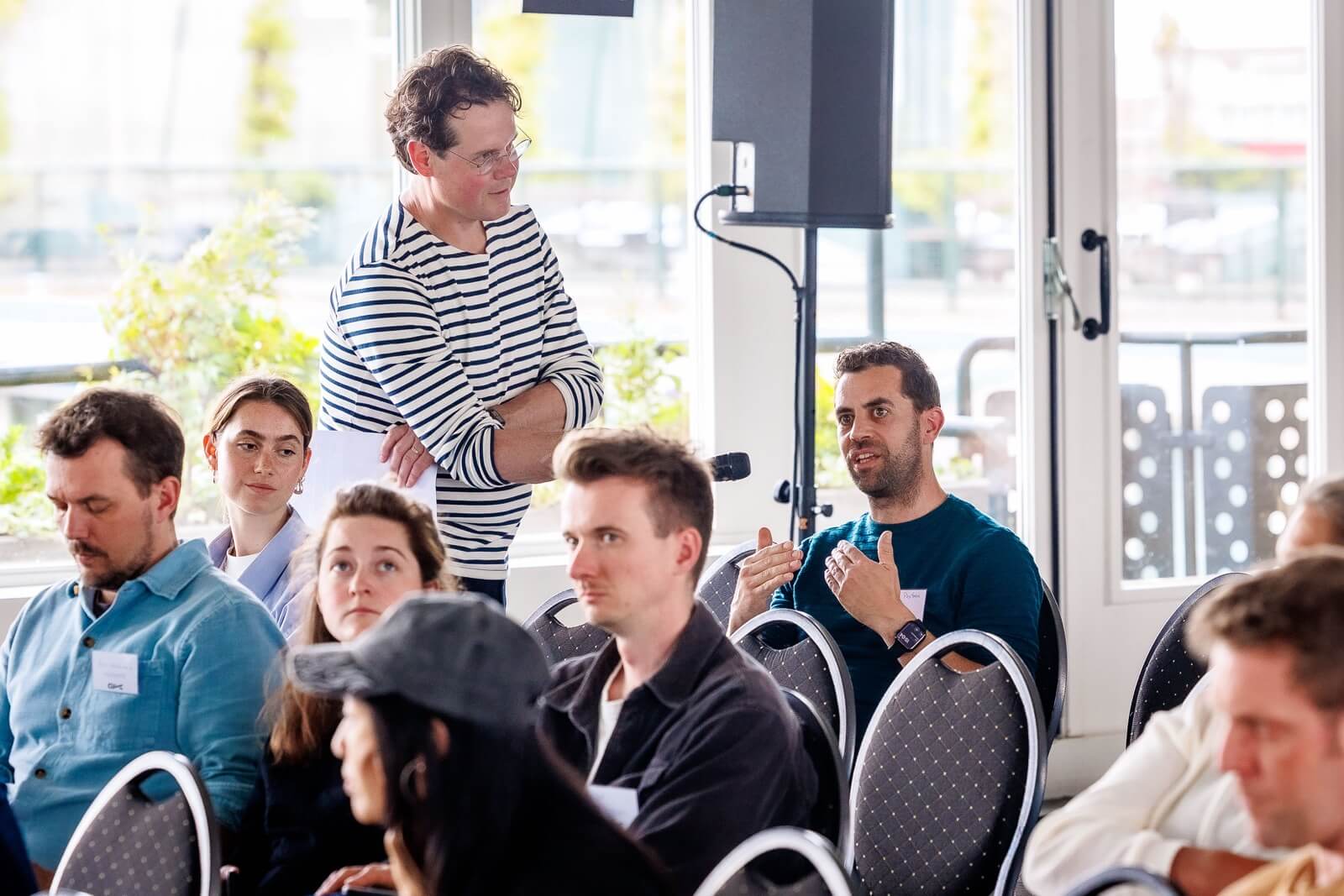1B: Makers Perspectives on Collaboration
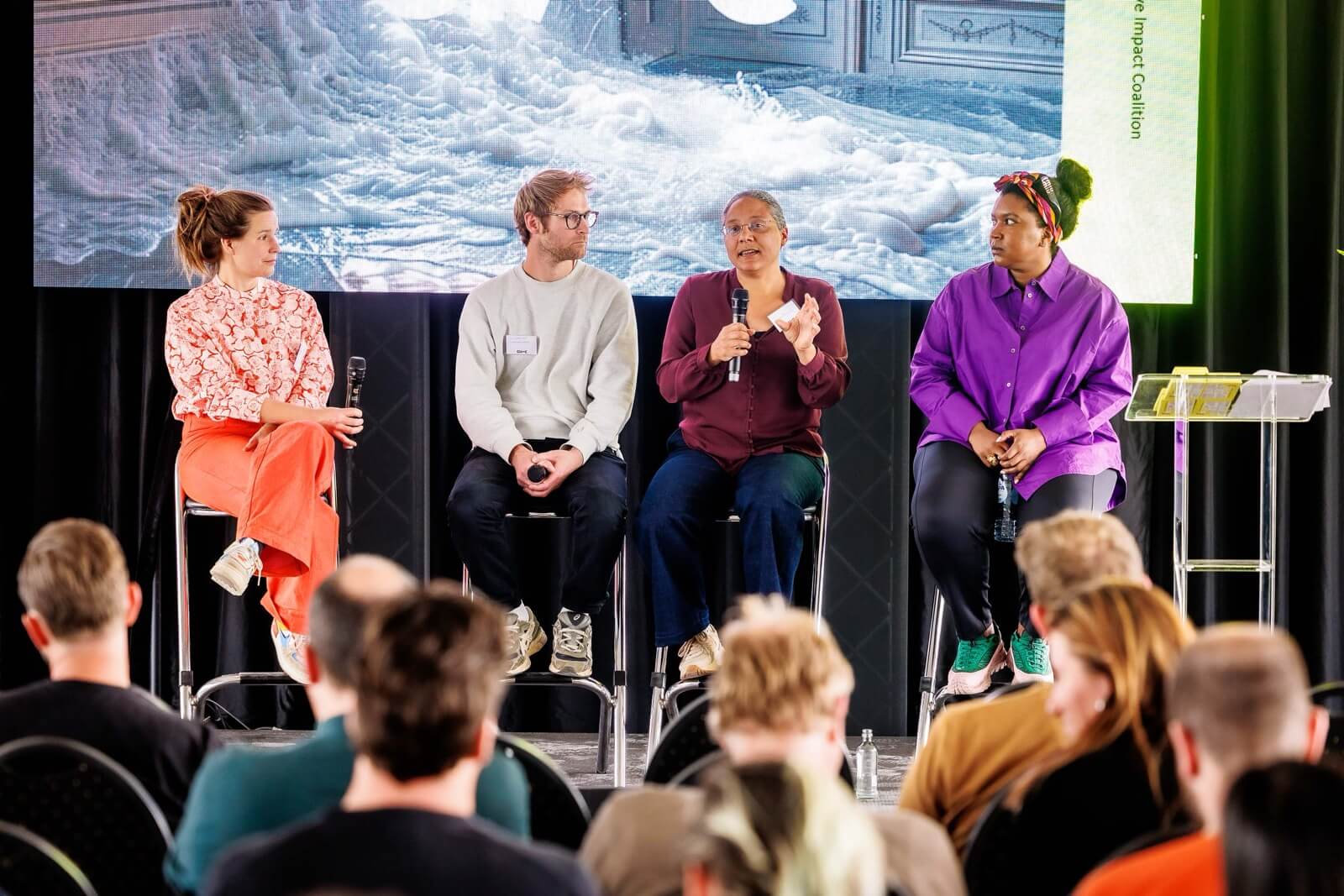
This session, moderated by Servaz van Berkum, explored how makers of immersive experiences collaborate to strengthen their practice, build sustainable business models, and create socially relevant work.
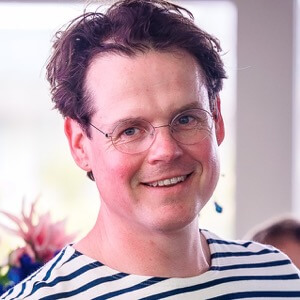
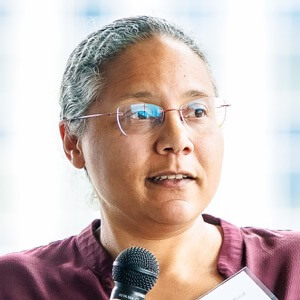
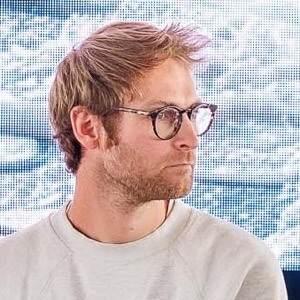
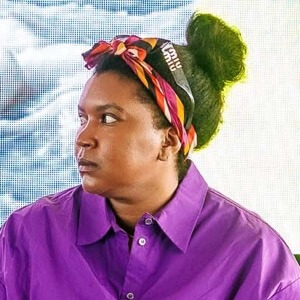
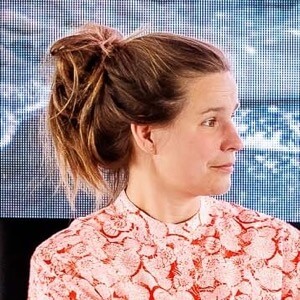
The discussion focused on:
- Building meaningful partnerships across disciplines
- Navigating funding structures
- Scaling immersive projects
- Connecting with researchers, government, and fellow creators
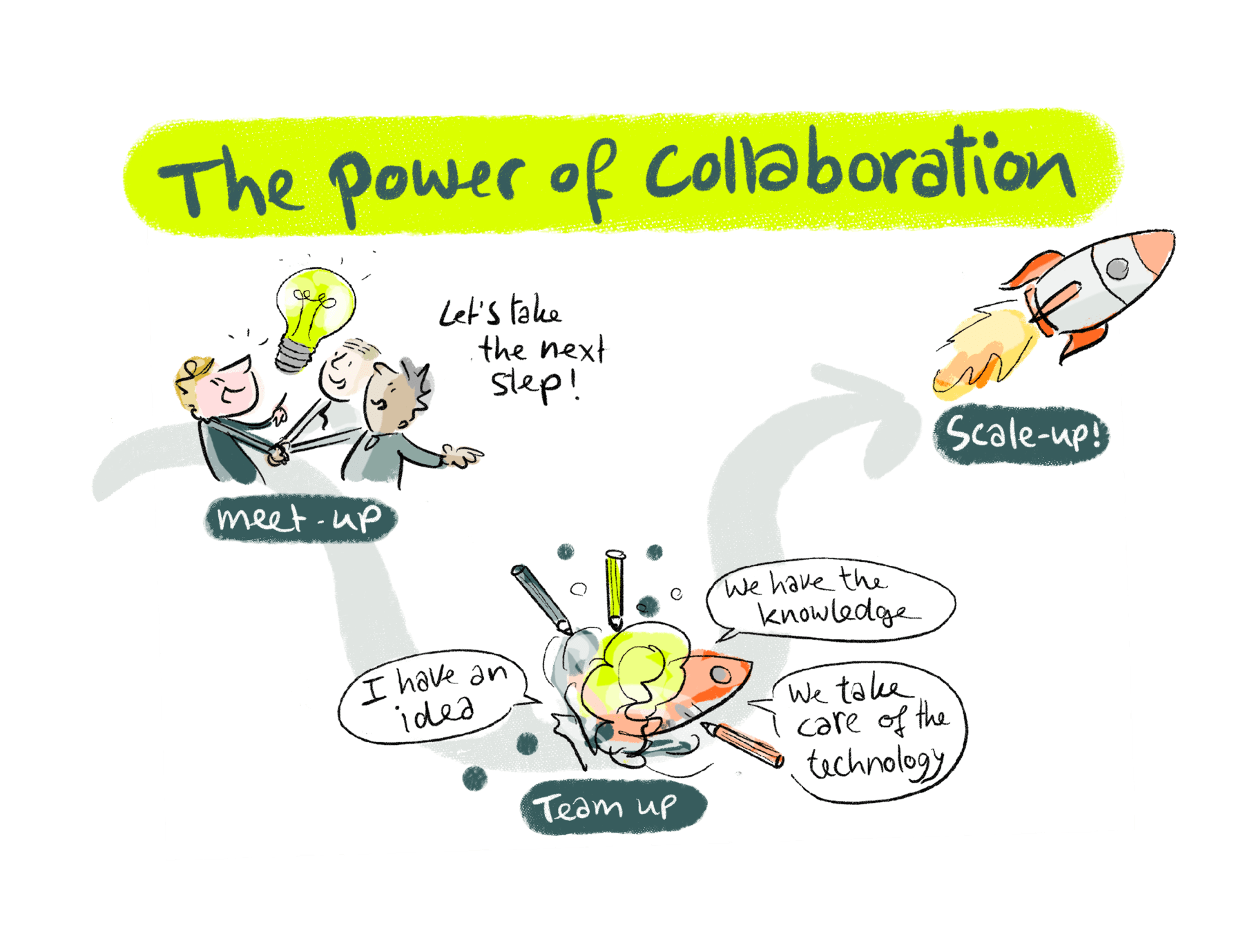
Illustration by Suus van den Akker
The Role of Collaboration in CIIIC's Programs
Carmen Biemond emphasized the need for interdisciplinary teams in the Innovation Impact Challenge, where societal challenges are defined by public organizations, and makers develop solutions. Strong applications typically come from partnerships that begin well before a call opens and are refined over time.
Tim Terpstra described the artistic and design research program coordinated by the Creative Industries Fund NL. Unlike Carmen's program, it allows applicants to define their own societal themes. It prioritizes iterative, exploratory research and places the maker on equal footing within a consortium.
Both advised subscribing to the CIIIC newsletter to stay updated on upcoming calls.
Practical Collaboration: Maker Experiences
Annelies Wisse – IJsfontein
Annelies shared examples from 25 years of creating serious games and interactive experiences. Her team often collaborates with museums, hospitals, and municipalities. Projects usually begin through informal networks and build over time. Funding is important, but existing partnerships often make or break success.
Tamara Shogaolu – Ado Ato Pictures
Tamara emphasized the value of long-term institutional relationships, such as with IDFA. Her current work addresses the difficulty of distributing large-scale immersive projects. Collaboration, for her, often begins with curiosity and informal conversations—coffees that later lead to structured partnerships.
Questions and Audience Contributions
Several attendees raised questions and shared challenges:
- Willem (How to Make Friends) asked how to find partners with business experience. He was pointed to CIIIC info sessions and matchmaking opportunities.
- A participant from Prison Escape wanted help scaling their pandemic-era immersive infrastructure. Carmen and Tim highlighted opportunities in future thematic calls (e.g. safety, health).
- A teacher from HAN University asked how to improve cross-domain collaboration in education. Panelists noted these challenges are widespread and part of the broader issue.
- An independent artist with a background in fashion asked how to work immersively without a commercial or institutional partner. Tamara advised seeking out museums or others who share her goals.
- One attendee asked about connections with N-Pulse and DUTCH growth funds. Carmen confirmed there is ongoing contact but the focuses differ.
Another audience member asked for feedback on a declined expression of interest. Carmen encouraged applicants to follow up and engage in future calls.
Closing Takeaways
- Collaboration is a skill. It takes time to build strong partnerships and navigate complex processes.
- Start early. Build relationships before the right call appears.
- Talk to people. Informal conversations often lead to formal collaborations.
- Stay informed. Follow calls, subscribe to newsletters, and attend events.
This session provided a grounded look at what collaboration actually looks like in practice—for both makers and funders. There are no easy formulas, but there are real opportunities for those willing to connect.
Participants were encouraged to reach out, follow up over drinks, and start conversations.
